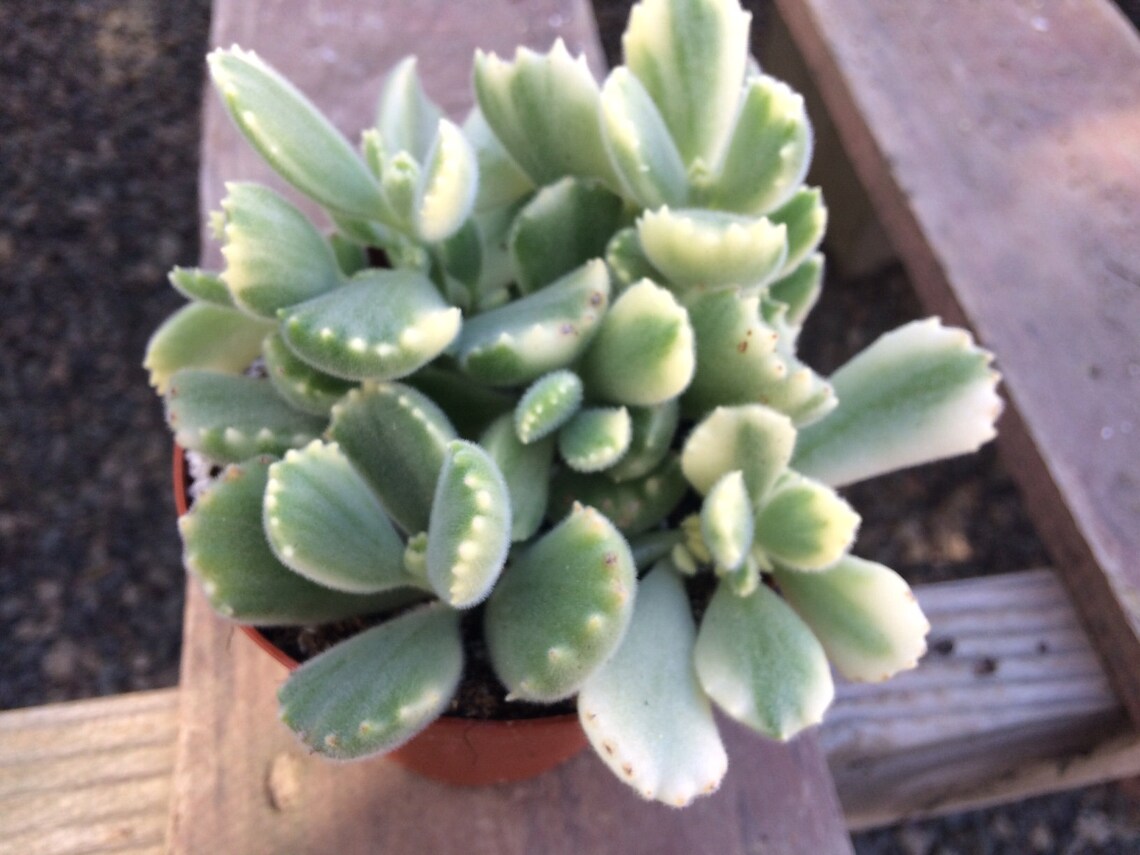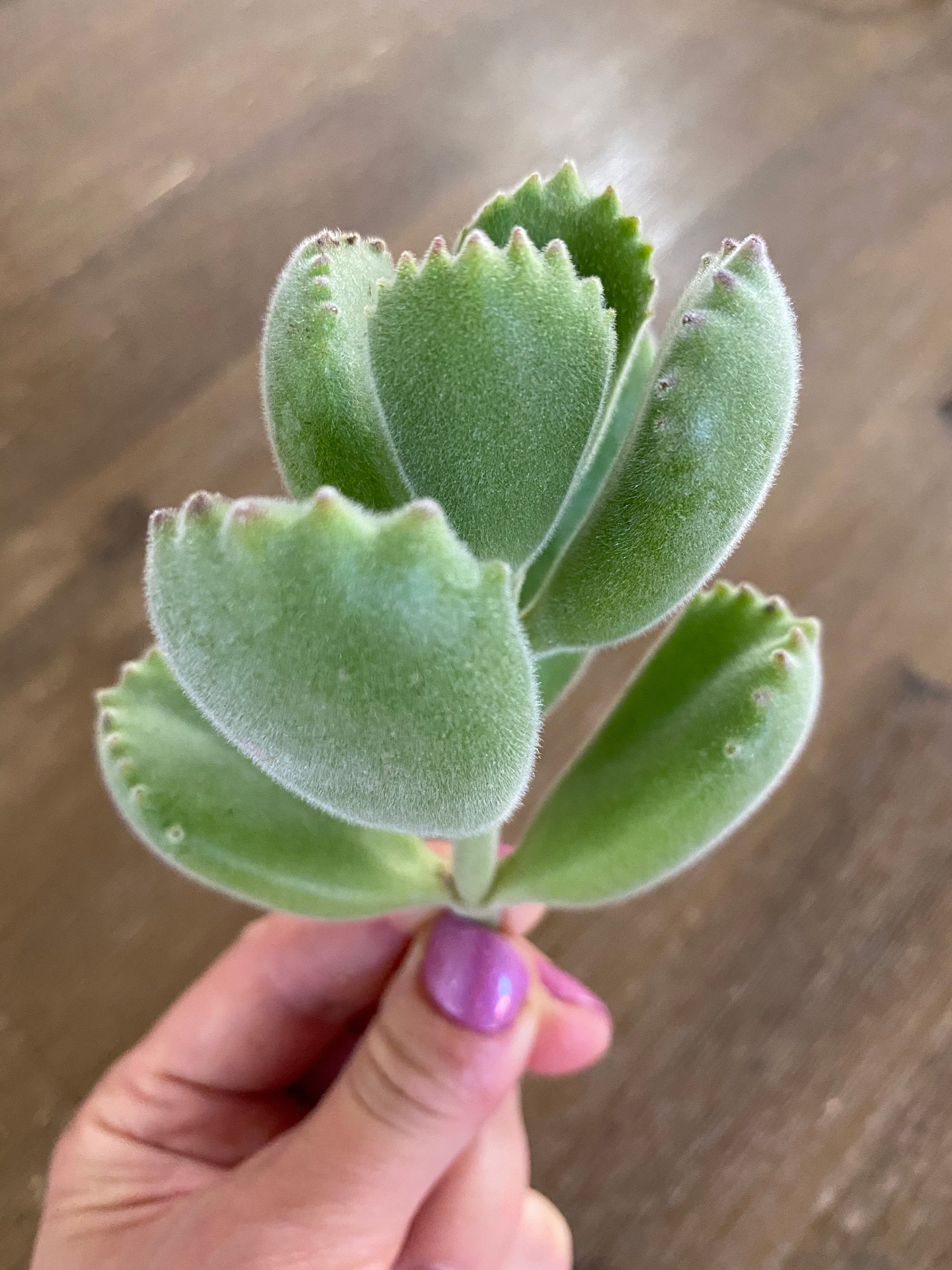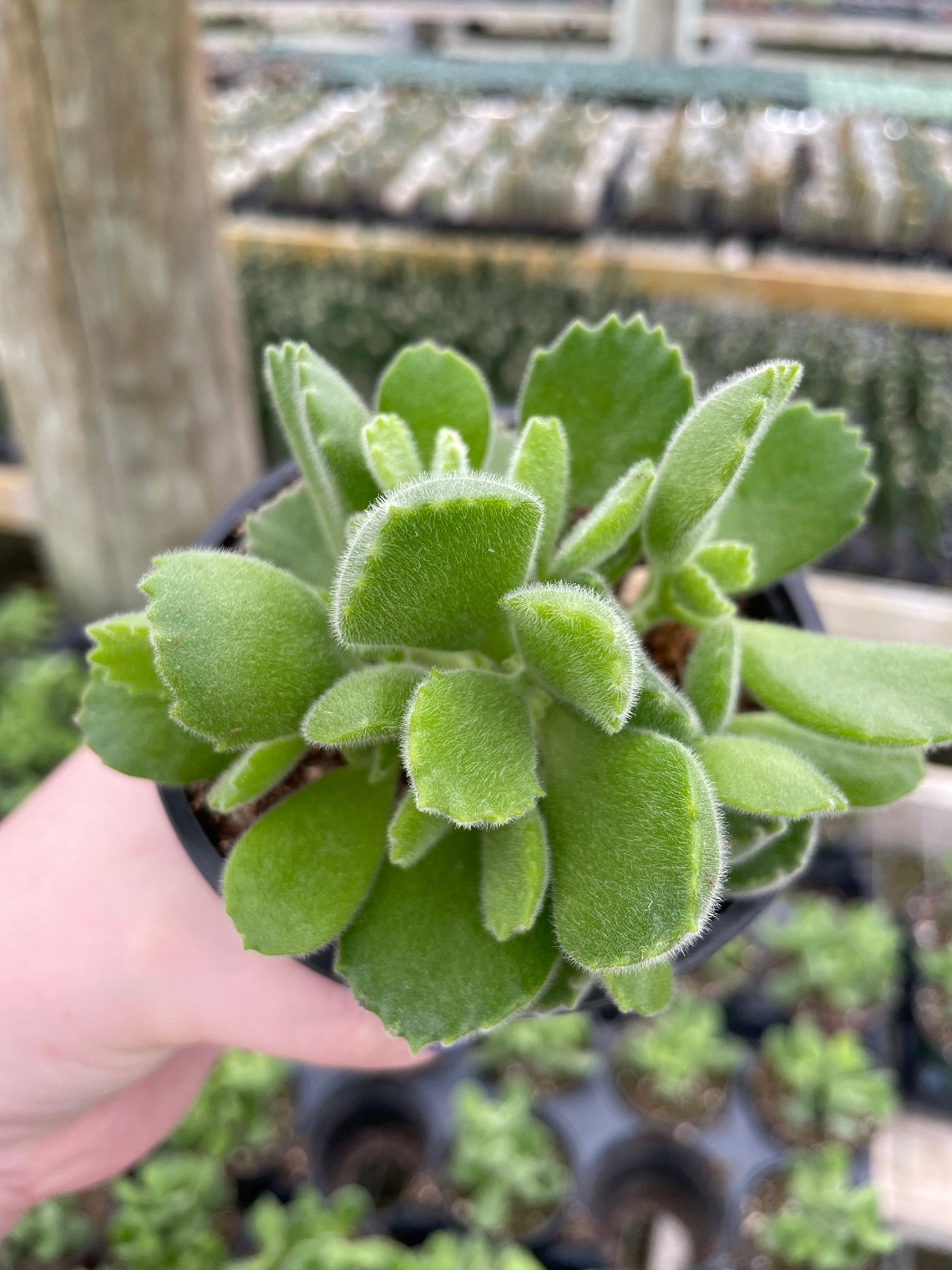

This will promote your plant’s health, and a little sun stress will encourage the tips of its leaves to redden attractively.īear Paw is moderately cold-tolerant, but, like a bear, it prefers to hibernate in a cozy spot in the winter.
#Baby bear paw succulent full
Outdoor Placementįor the ideal outdoor placement, choose a location with as much full sunlight as possible for at least six hours.
#Baby bear paw succulent how to
For more information on how to care for succulents indoors and outdoors, check out our guide. If you only have a north, east, or west-facing window available, add a grow light to keep your plant happy and healthy. Luckily, Bear’s Paw responds well to supplemental light. If you put it in a north-facing window, the succulent is likely to become leggy even if it gets quite a bit of sun exposure. Indoor PlacementĪ south-facing window is a must when growing a Bear Paw indoors. Although it still looks attractive, the chunky and heavy leaves are more prone to dropping. Providing adequate sunlight is also a must because a light-starved Bear’s Paw will become a little leggy. Outdoors, the more sunlight it gets, the more the tips will redden. Info: Indoors, your Bear’s Paw will probably stay green. If they get plenty of sunlight, the “claws” on the leaves will turn a dark reddish color, like your bear has been hunting. If you wish to grow a Kalanchoe with regular indoor blossoms, look to the cultivar Kalanchoe blossfeldiana hybrids.Bear Paw wants full sunlight, outdoors or in a south-facing window, for at least six hours per day. New roots develop and the plant will grow new leaves, at which time it should be transferred into a new container.īlooms are rare when growing Kalanchoe panda plants indoors.

Root leaves of the plant in spring or summer in a sandy potting soil or a perlite mixture. Propagation of the indoor panda plant is easy and an inexpensive way to get more of the plants. When you’re growing Kalanchoe panda plants, you’ll likely find more areas in the home that would benefit from one of these plants. Fertilize during these months with a balanced houseplant food mixed at half strength as a part of panda plant care. Move it outside during spring and summer, if desired, but provide protection from hot afternoon sun. The indoor panda plant can live for many years in these conditions. The average room provides enough humidity for this easy-care, furry plant. You’ll find humidity is not an issue when learning how to grow a panda plant successfully. When you do water, do so completely while giving the plant the infrequent drink. In fact, watering is a limited part of panda plant care. As with most succulents, soil should be allowed to dry between waterings. Locate the indoor panda plant in medium to bright light. The plant is commonly called pussy ears as well. Tomentosa means densely woolly or velvety. Brownish red markings on leaf edges, along with the white silvery hairs, are similar to the fur of a panda bear. As an indoor plant, however, panda plant growth is limited by the size of the container, usually reaching only 1 to 2 feet (31-61 cm.) in height and 2 feet (61 cm.) around.įurther information on growing Kalanchoe panda plants says the velvety appearance of the leaves is created by hairs that spring up in trichomes, deflecting light and limiting transpiration. In its native environment, growing Kalanchoe panda plants have a woody base and reach several feet (1 m.).

Kalanchoe tomentosa grows wild on the island of Madagascar. More than 100 varieties of Kalanchoe grow in the wilds of Africa and other parts of the Old World. What is a Panda Plant ( Kalanchoe Tomentosa)? Keep reading to answer the question of what is Kalanchoe tormentosa and how to grow a panda plant indoors. Often a favorite of children, growing Kalanchoe panda plants are a good specimen to locate in a child’s room as part of the décor.

The indoor panda plant is a hardy succulent that makes an interesting addition to the houseplants you grow indoors.


 0 kommentar(er)
0 kommentar(er)
